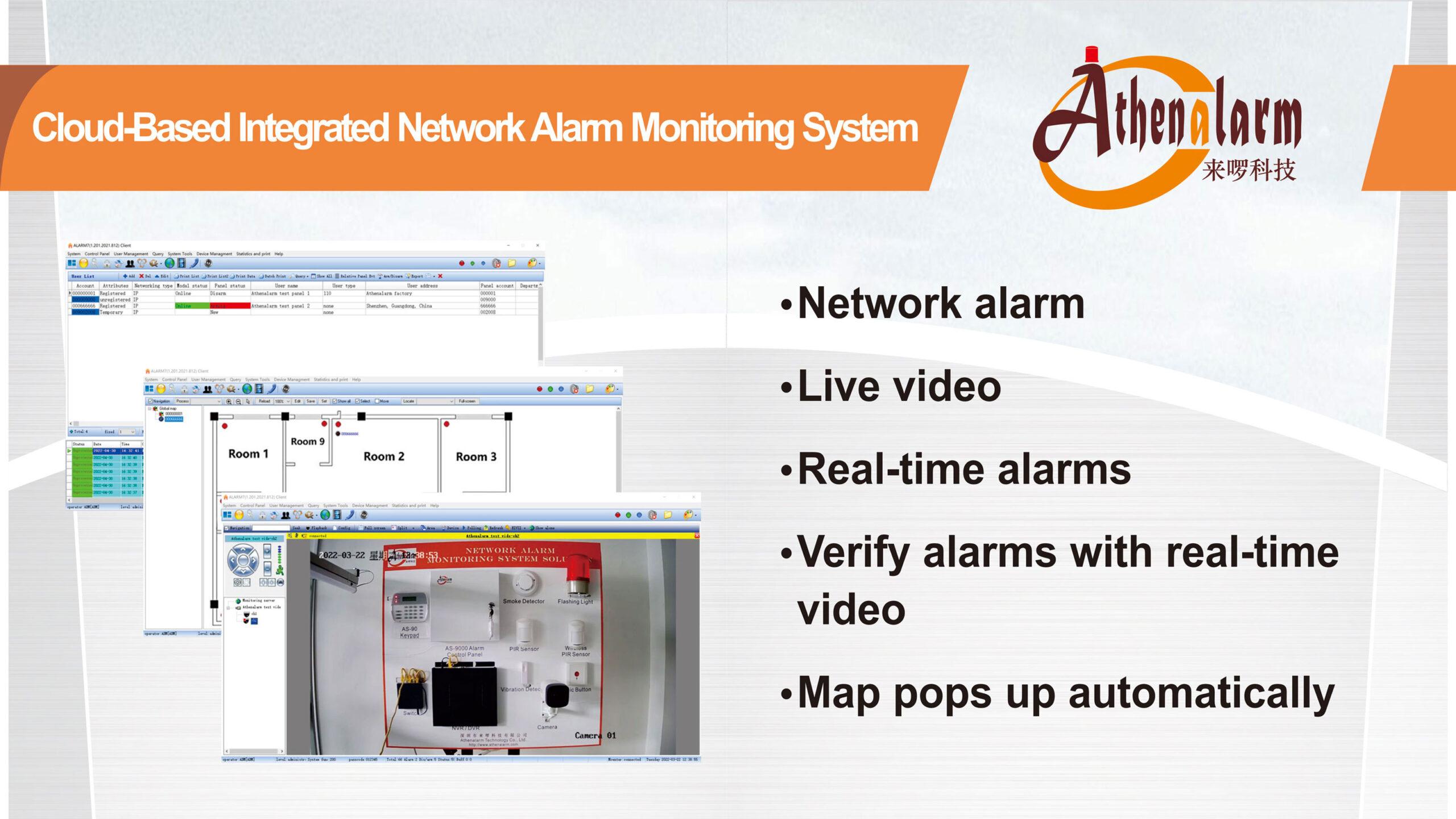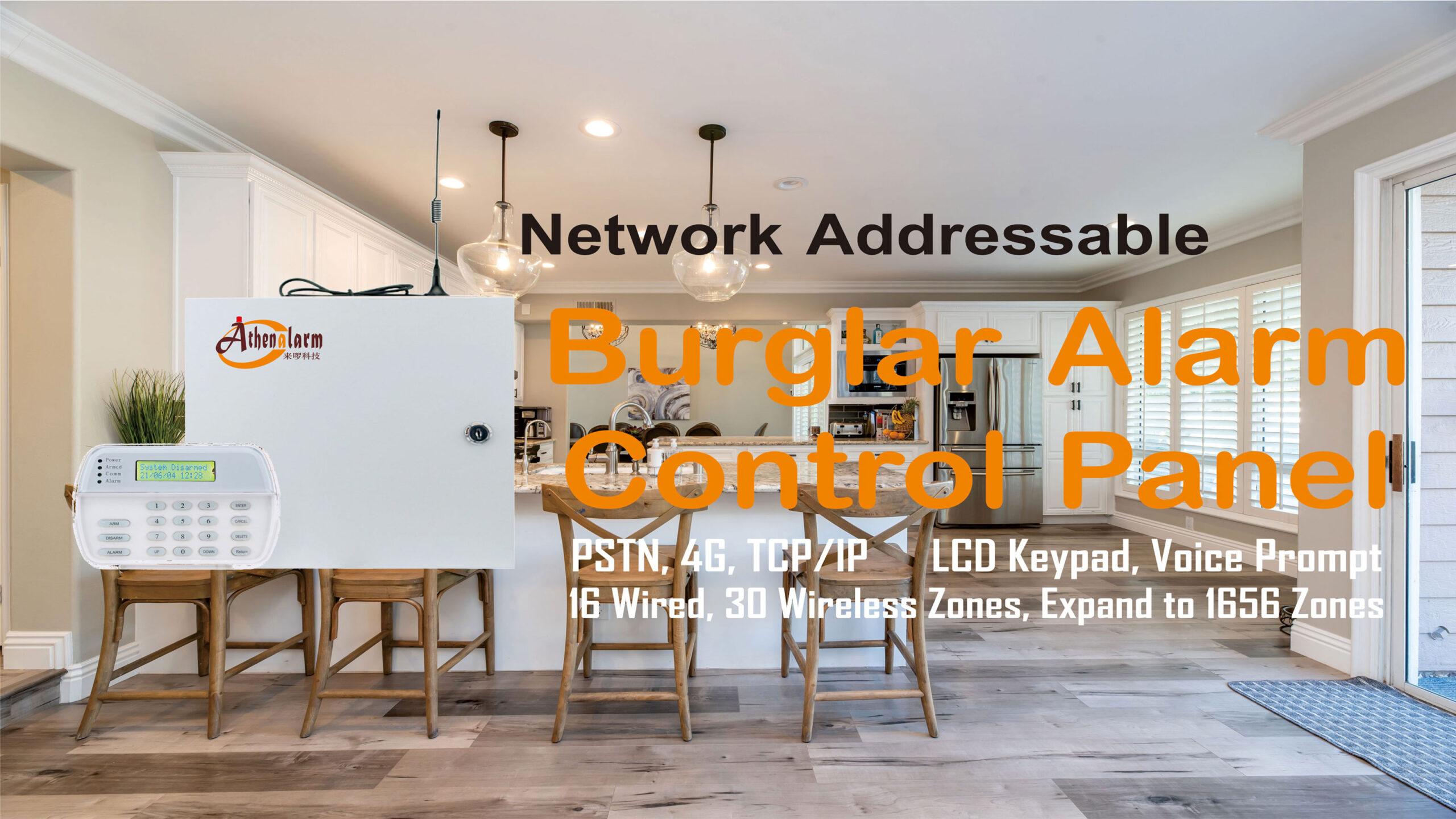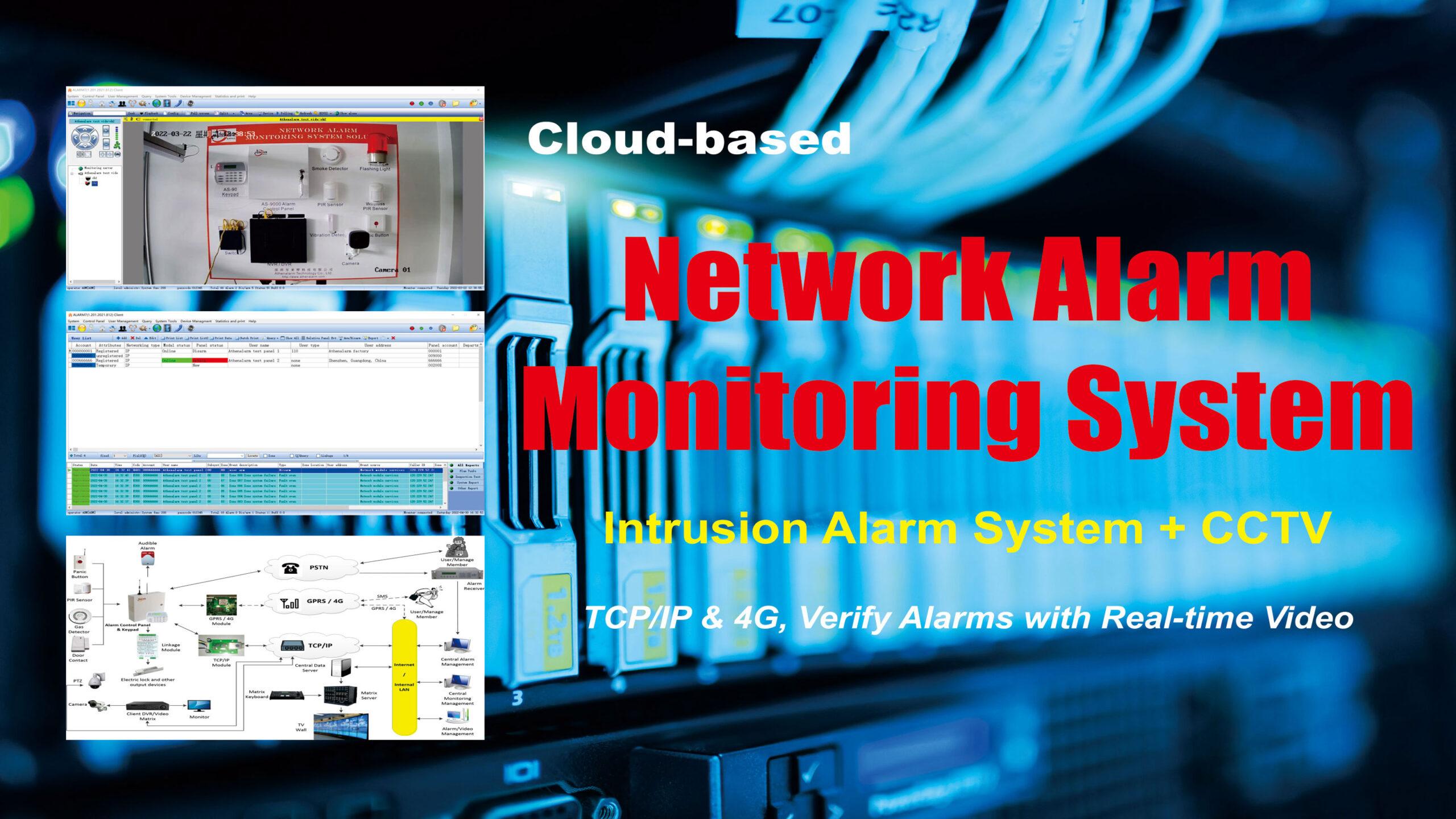



How to Install the Intruder Alarm Control Panel?
According to different wiring structures, intruder alarm control panels can be divided into subline and bus. How to install them correctly?
1 Subline intruder alarm control panel
The subline intruder alarm control panel adopts a star shaped wiring structure, with fewer defense zone circuits and low cost, and is generally suitable for indoor intruder alarm systems.
2 Bus intruder alarm control panel
The bus intruder alarm control panel has a series of advantages such as convenient construction, low wire cost, large defense zone capacity, and scalability, which can be reflected in large perimeter systems. The system structure of the bus alarm control panel is not complex. The intruder alarm control panel outputs through a bus and connects to the bus module at each detector end. The module address is used to distinguish which specific point of the detector’s prevention area is triggered.
The standard requirements for its construction are as follows:
- 485 bus must use multiple shielded twisted pair cables. The use of multiple wires strands of wire is for backup purposes. The use of shielded wires is to facilitate debugging in case of special circumstances. The use of twisted pair wires is because the 485 bus communication adopts differential mode communication principle, and twisted pair wire has the best anti-interference performance.
- The 485 bus must have a hand in hand bus structure, firmly eliminating star and fork connections.
- The AC power supply to the intruder alarm control panel and the chassis must be truly grounded and well grounded. The triangular sockets used in many places are actually not grounded at all, so be careful of this situation. When the grounding is good, it can ensure that the intruder alarm control panel is protected from surge impact when struck by lightning. Static electricity can also be effectively released through the lightning protection method of the intruder alarm control panel, protecting 485 bus devices and related chips from harm.
- Avoid walking with strong electricity to avoid interference from strong electricity.
3 Installation precautions for bus intruder alarm control panel
The reliability of the bus intruder alarm control panel largely depends on the stability of the bus module and bus signal communication.
In some usage cases, the bus intruder alarm control panel often experiences paralysis of the entire intruder alarm system due to outdoor rain. After repeated on-site testing and verification, we have found that the cause of the problem is a design issue with the bus module in the past. The stable transmission of the bus requires the bus to have a stable impedance value. If the outdoor conduit and front-end detector have poor waterproofing, it is easy for rainwater to become damp and cause short circuits or significant changes in the impedance of the bus line. If there are too many bus modules, it will inevitably cause excessive bus load, ultimately leading to the occurrence of bus paralysis. When the weather conditions improve and the climate becomes dry, the bus line impedance will recover on its own, and the intruder alarm system will return to normal.
To avoid such situations, excellent bus intruder alarm control panels will be pre adjusted in their design ideas. Considering the low power consumption of the front-end module, power is directly drawn from the front-end detector to avoid overloading the bus and reduce the burden on the signal bus. At the same time, physical waterproofing measures are also adopted for the front-end modules, which can ensure the long-term stability of the entire intruder alarm system.
Therefore, when installing the bus intruder alarm control panel, its front-end module must separate the power supply from the bus signal and do a good job in waterproofing, which are all very necessary.
